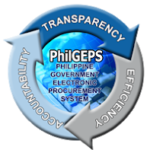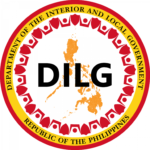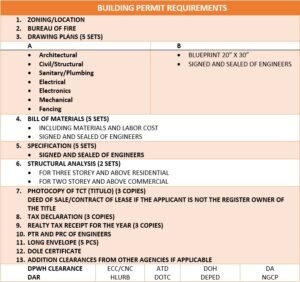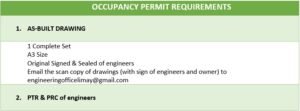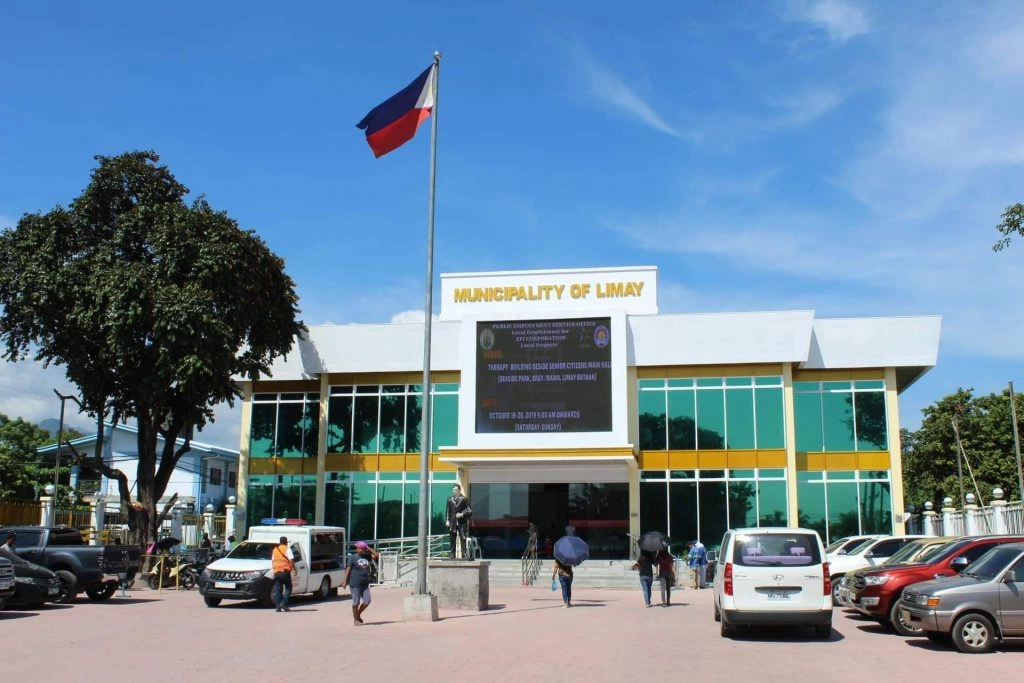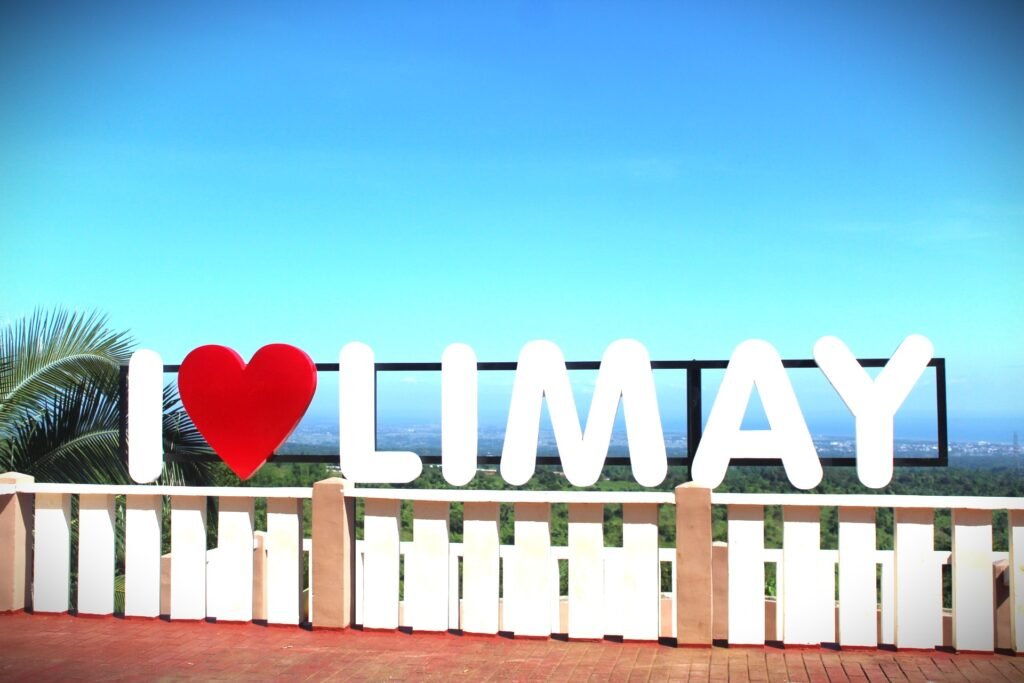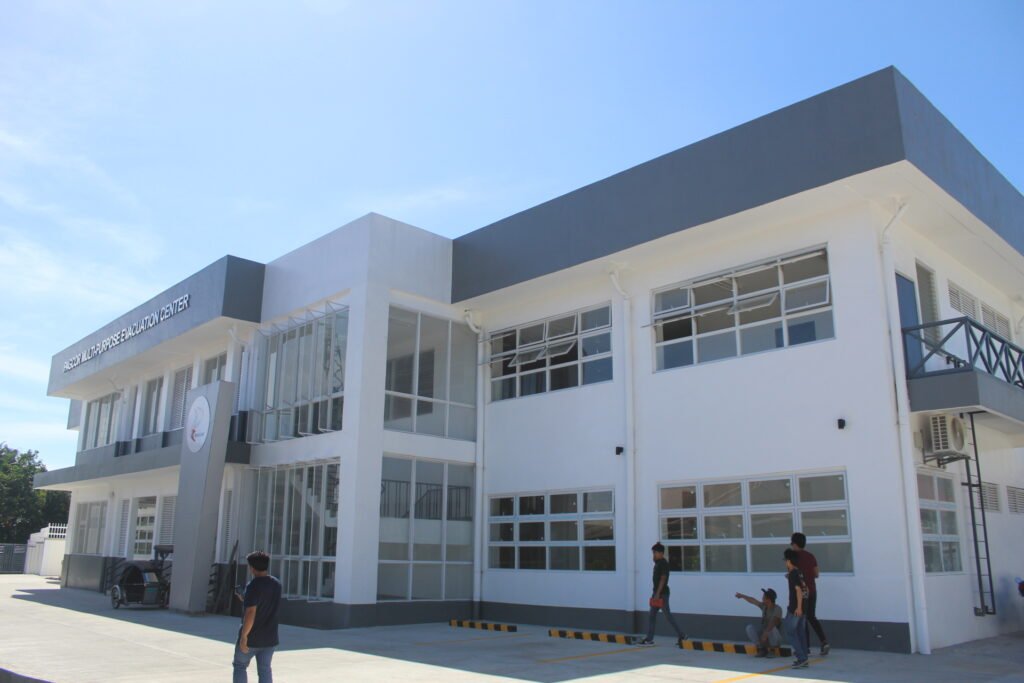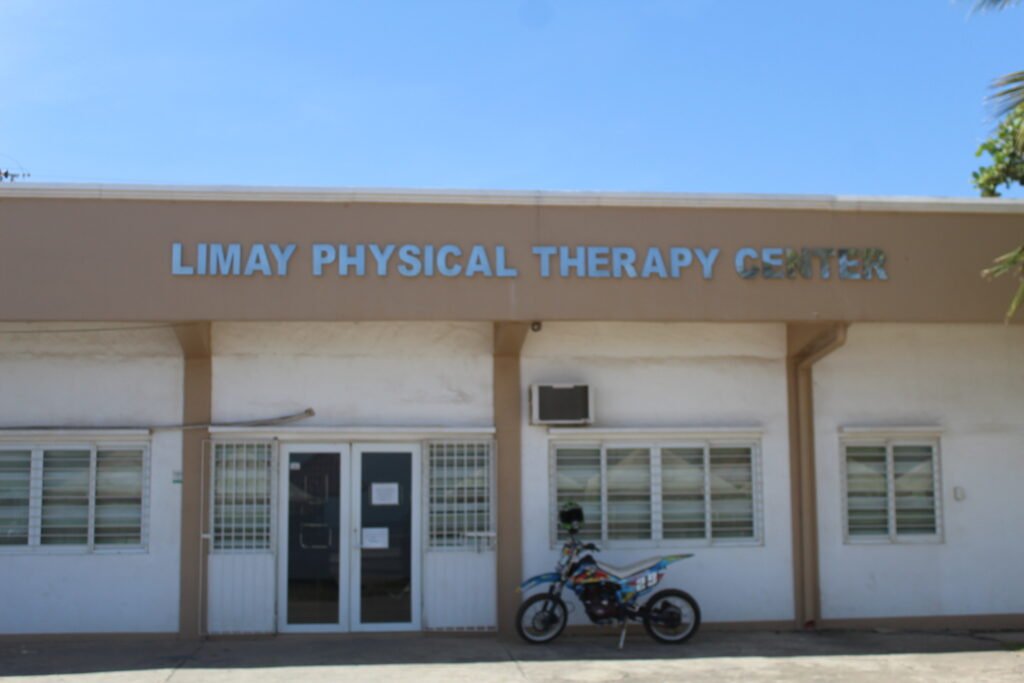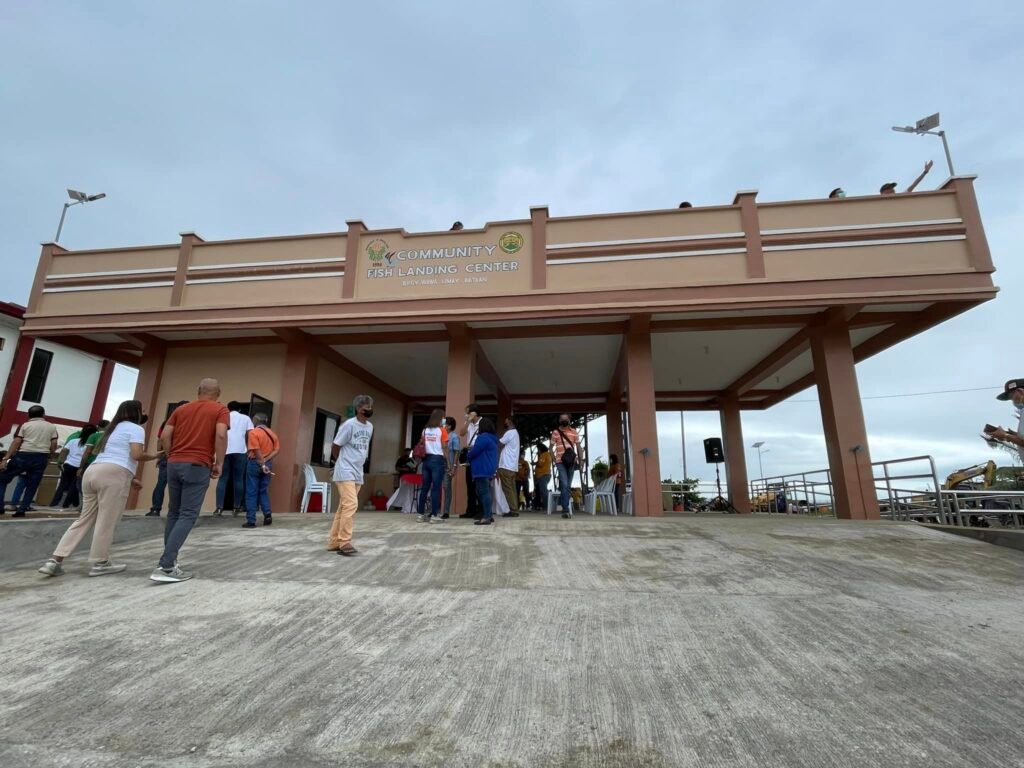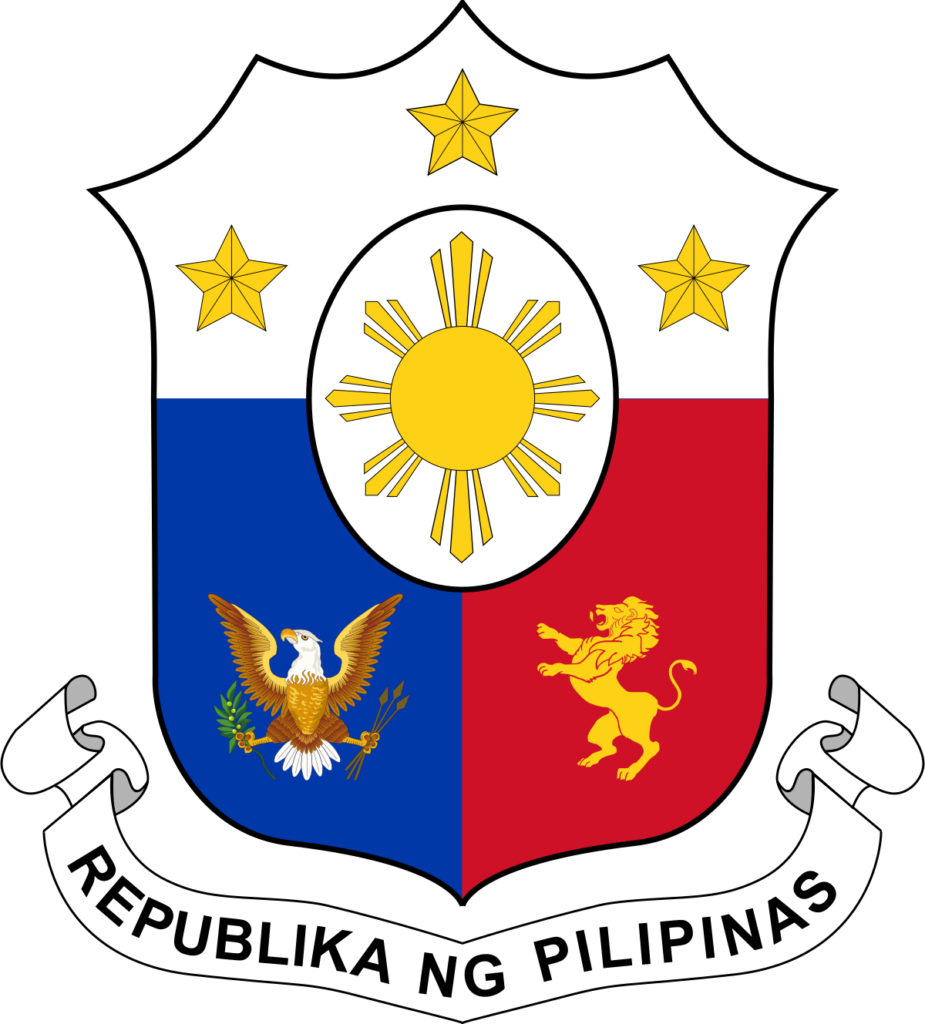
Downloadable Forms
Permit Forms
Occupancy Permit Forms
Municipality of Limay
Limay, Bataan
Very few people are truly aware of the rich history and culture of Limay, Bataan. Limay was the setting for many stories that shaped the history not only of the province of Bataan but the whole Philippines as well.
Such stories and other important facts are the subject of Limay: Land of Lime, Potassium and Phosphorous, a compilation of valuable and interesting pieces of information about the former distant barrio of Orion.
The Limay Municipal Government under Mayor Nelson C. David and the Limay Historical Committee have come up with this interesting book that tells us everything about Limay—its people, demography, history, culture, as well as its gradual transformation into well well-developed and progressive community.
Stories of the great sons and daughters of Limay are also included in this book. It chronicles the lives and accomplishments of the natives and the migrants who served as elected or appointed government officials. However, only those who had served their respective positions for more than three months, even in an appointed status, are included in this book.
The book also contains facts and bits of information about outstanding Limayans who excelled in their respective endeavor like business, education, banking, literature, sports and even show business. Accounts of former Public Works Minister Alfredo L. Juino and Marinito D. Roque, current Secretary of the Department of Labor, also found space in this book.
In the beginning, the Limay Historical Committee recognized the insufficiency and paucity of reference materials on the big number of people included in the entry list. The scarcity of related Documents was brought by World War II which brought widespread destruction in Limay, Bataan, in general. The Japanese Army caused irreparable damage on nearly all historical records and artifacts concerning the town and people. Also, when the location in Townsite sometime in the 1960s, people simply lost track of documents during the said transfer.
Attempts were made to reconstruct the said documents. Interviews and related researches had been conducted to finish the book.
Admittedly, there were quite a few things which the publisher and the historical committee borrowed. Chief among these borrowings is the publisher’s use of Victor de Leon’s book entitled Historical of Bataan (1953), the Department of Education’s “Balik-Tanaw “(1990). Wilfredo C. Paguio’s “Bataan: Land of Valor, People of Peace” (1997) and Eulogio B. Rodriguez’s “A Brief Historical and Economic Sketch of Bataan Province and Her Contributions to the History of the Philippines” (1929). There were the other books that also provided historical hindsight on the past five centuries, from the Spanish period present.
It took less than a year for the Historical Committee to come up with a readable sourcebook of general information about Limay: Land of Lime, Potassium and Phosphorous was written with fidelity to historical dates, periods, people, places and events.
Limay: Land of Lime, Potassium and Phosphorous is very informative and readers will surely enjoy reading. It is a gem of achievement that will serve as a legacy to the next generation of Limay. This is the real story of Limay and its people.
Limay
The Spaniards were the first to call Limay “tierra de lima y potasio y posporo” which means “land of lime, potassium and phosphorus”. Lima or “lime “, also known as calcium oxide, is a white calcium compound used in making cement. Records have it that a big deposit of lime was discovered by the Spaniards in the vicinity of Alangan, which was non-existent at that time. The lime was quarried and then used in building several churches in Bataan. In fact, the St. Michael Church in Orion and the St. Joseph Church in Balanga were built using the lime quarried from Limay and transported by boats to the two towns.
Barangays and Sitios
Limay has 12 barangays, namely, Alangan, Duale, Kitang I, Lamao, Landing, Luz (also known as Kitang II) Poblacion, Reformista, San de Asiss (also Known as St. Francis I), St. Francis II, Townsite and Wawa. Barangay Duale and Alangan are 80 percent upland areas which are situated on the slopes of Mount Limay. Barangays Reformista, St. Francis I, and Lamao, in turn, have around 50 percent of upland areas. Reformista’s Upper Tundol area and Sitio Mamala of St. Francis I extend up to the slopes of Mount Limay while Upper Lamao Stretches up to the foot of Mount Tarak.
Among these upland barangays, Duale found itself deluged by migrants from the neighboring towns and provinces who acquired employment and business opportunities in Limay. To address the need for more housing for these migrants, ten subdivisions have been developed in the barangay. The ongoing development in Duale is part of the urbanization program of the local government, specifically targeting the area around the foot of Mount Limay.
Investors have also started developing new plantations for coconut, mango, coffee and cashew in the western portion of Duale. These new investments were found to be feasible due to the presence of various streams and creeks passing through the upland barangay. At the same time, various public and private irrigation facilities have also been constructed in the area. The continuing construction of several farm-to-market roads in Duale makes the area accessible to all modes of transportation, thus increasing economic activity in the barangay and surrounding areas.
Limay also has a number of sitios, thinly populated localities that do not qualify as regular barangays. Barangay Lamao has six sitios—West Manggahan, North Manggahan, Carbonsite, PEXsite, Crushersite, and Kabilang-ilog. Despite being considered merely as a sitio, Carbonsite has a complete elementary school, the Carbon Elementary School which started operations in school year 1998-1999.
Alangan, in turn, has eight sitios—Biboac, Hillview, Marsteel, Ariada, Ogpoy, Kalula, Arkong Bato, and Paayawan. Duale has two sitios, Peas and Kinaragan. St. Francis I has one regular sitio, the BLISS housing project, while St. Francis II has three sitios—Malusak, Saay and Seabreeze.
Sitio Tangke is the lone sitio in Kitang II while Barangay Reformista has two sitios, Upper Tundol and Lower Tundol. Reformista also has five populated subdivisions—Manuel Baluyot, Isabel Baluyot (2), Reyes and Buena Casa. Considering the ever-increasing population in these housing projects, they may soon qualify as regular sitios of Reformista in the future.
Barangays Wawa, Poblacion, Landing, Townsite and Kitang I currently have no sitios.
